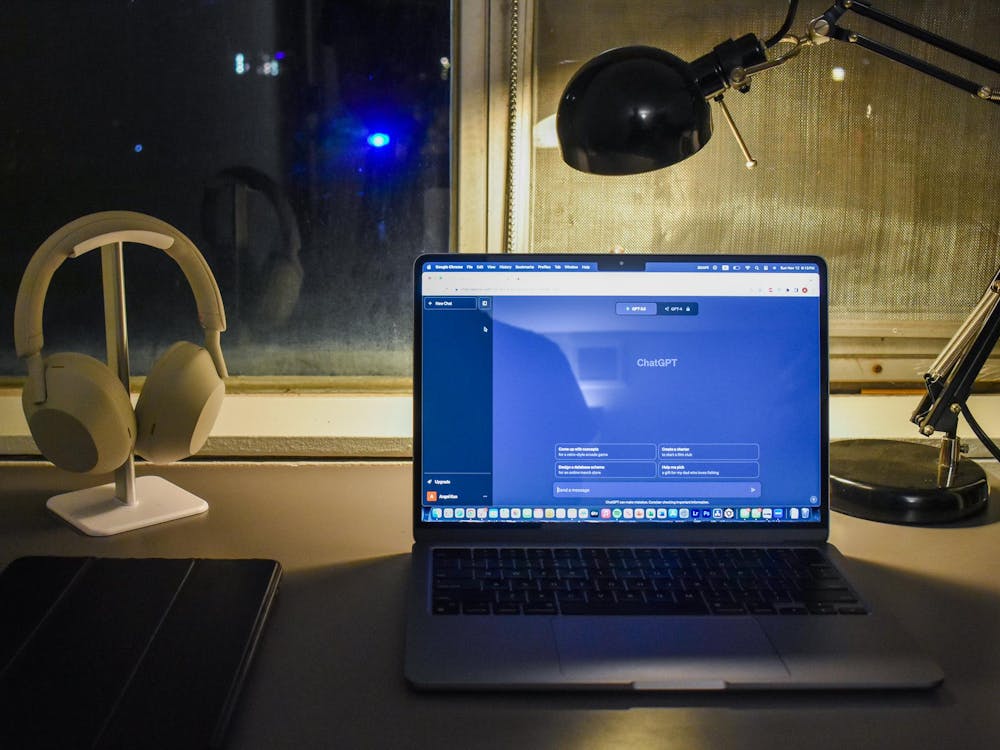We are all familiar with the importance of having your TigerCard, or “prox,” on you at all times: you need it to use your meal plan, to access your dorm, to get into any building after hours. To be without a prox is to be shut out of the necessary functions of student life.
Unlike many of its peer institutions, Princeton has not adopted a digital prox system. But to prevent pointless replacement and lockout charges, maximize convenience, and create better access to meals and facilities, the University should do so.
It’s easy to lose a physical prox. Luckily, students who lock themselves out of their dorms can obtain temporary prox cards from The Service Point during business hours or at the Public Safety (PSafe) office after hours. But there is a catch: after the third lockout each academic year, each following incident comes with a $30 charge, regardless of where the student left their prox.
Students who permanently lose their card incur an extra $15 replacement charge. Sure, this charge serves as a deterrent to losing one’s prox — but with digital proxes, the need for such a deterrent would be much lower. Students are unlikely to lose their phones or other means of accessing digital proxes. And, of course, physical proxes can stick around as a backup for those cases when students do lose their phones.
Aside from the inconvenience for your wallet, losing your prox is inconvenient for other aspects of campus life. While students can pick up a temporary prox from PSafe to be let back into their dorm if they lose their prox outside of Service Point business hours (which includes the weekend), they are unable to use these cards for anything other than building and dorm access. In the meantime, students cannot access their Dining Points and must request a voucher to access meals from the dining halls, leaving some without a reliable way to access meals.
Some of our peer institutions have already adopted a new and improved digital prox system that circumvents these difficulties. At Johns Hopkins, students have access to a digital version of their student IDs, which they can load onto their iPhones, Apple Watches, or Android devices. With this option, students do not have to worry about being locked out of their dorms or losing access to dining halls and class buildings if they lose their physical cards, as they also have a digital form of access.
Furthermore, Johns Hopkins has made the digital service available to use as payment at a number of local businesses, similar to how Princeton students can use their physical proxes to pay with Dining Points at certain locations on and off campus.
By moving to a digital prox that, like the current physical prox, also allows students to access Dining Points as a payment option, Princeton can adopt a system that is more in line with the way most people make use of modern technology. Many of us already use our phones to pay because of their convenience, and we carry them everywhere we go; updating our prox system to reflect this is long overdue.
The University can save students trouble and money by adopting the digital service — and the only notable disadvantage that would arise would be hacking. Still, different layers of security, such as biometrics and ‘tokenization’, can keep your digital wallet safe and reduce the chance of this happening. As is the way at schools that have adopted this much-improved system, students can still be given a physical prox for any University services that require a physical identification card, while the digital form is prioritized for daily convenience.
Switching to digital also comes with a major boon for the University: it would help reduce the problem of students taping the doors to their dorms. Students sometimes tape doors to prevent being locked out when they forget their prox inside their dorm, creating fire hazards and forcing the University to impose fines for violations of fire safety. The ease of a digital prox reduces the likelihood that students resort to this option, as they are entirely less likely to be locked out.
It’s time to move towards digitizing our prox system and increase convenience in campus life by implementing the new and improved technology that many of our peer institutions are already taking advantage of. There is no reason for students to be charged and left without access to crucial aspects of campus life because they lost their prox. Making proxes digital would be a simple and long-overdue step to improving student life.
Jorge Reyes is an Opinion columnist for the ‘Prince.’ You can read his column, “No Tiger Left Behind,” every three weeks on Wednesday here. He intends to major in Chemistry and is from Louisville (Loo-uh-vul), Ky. He can be reached at jr7982[at]princeton.edu









